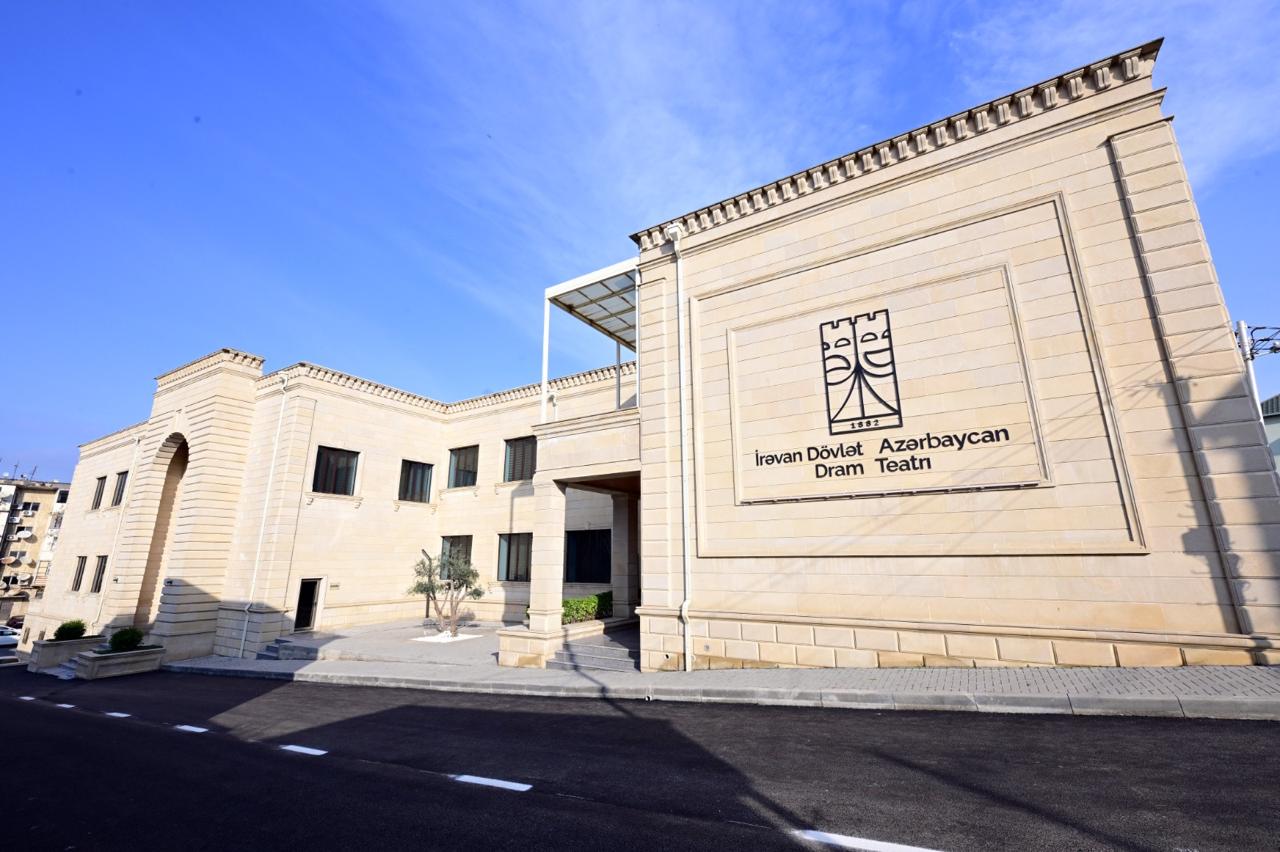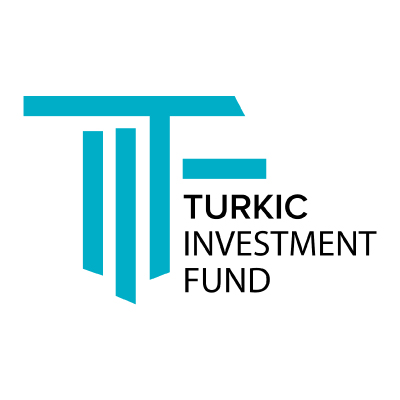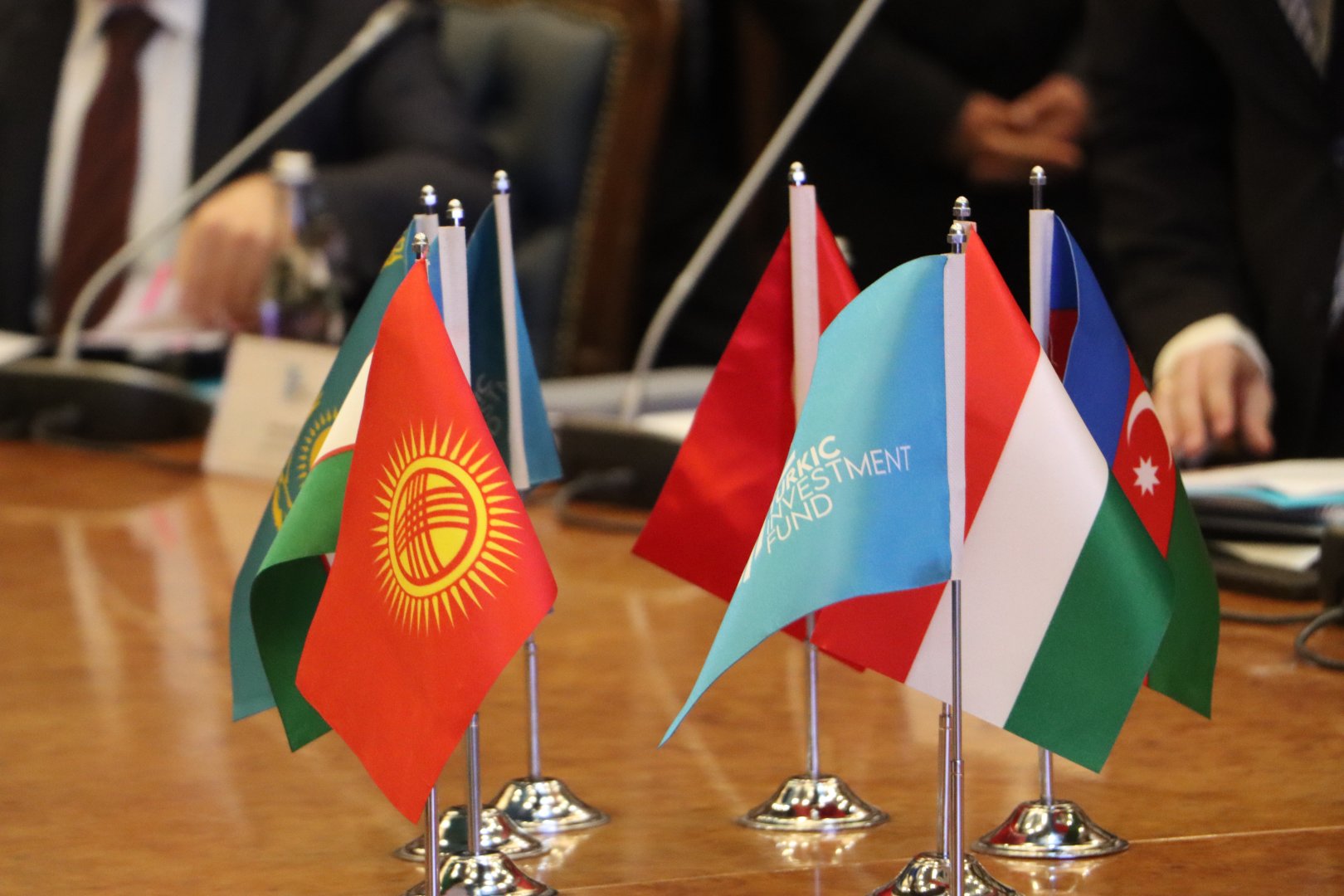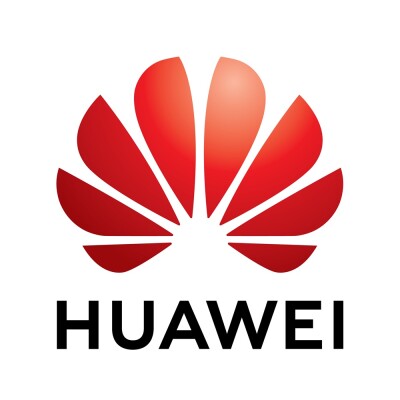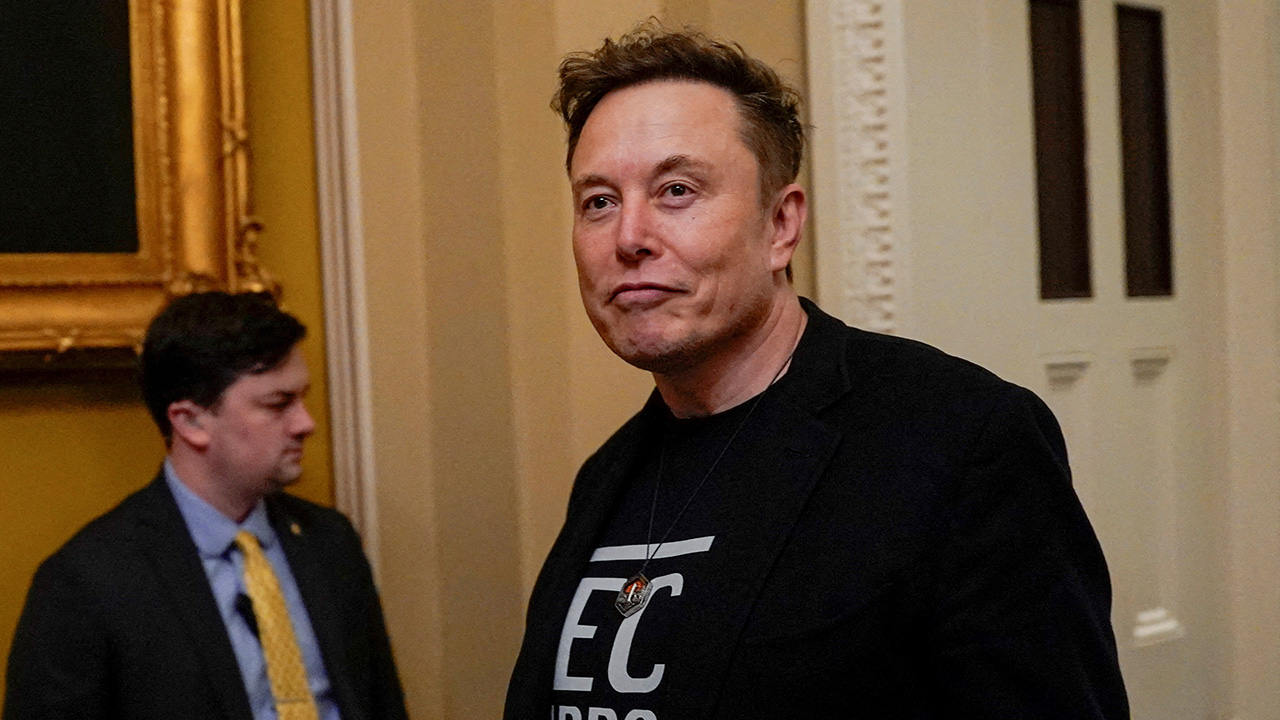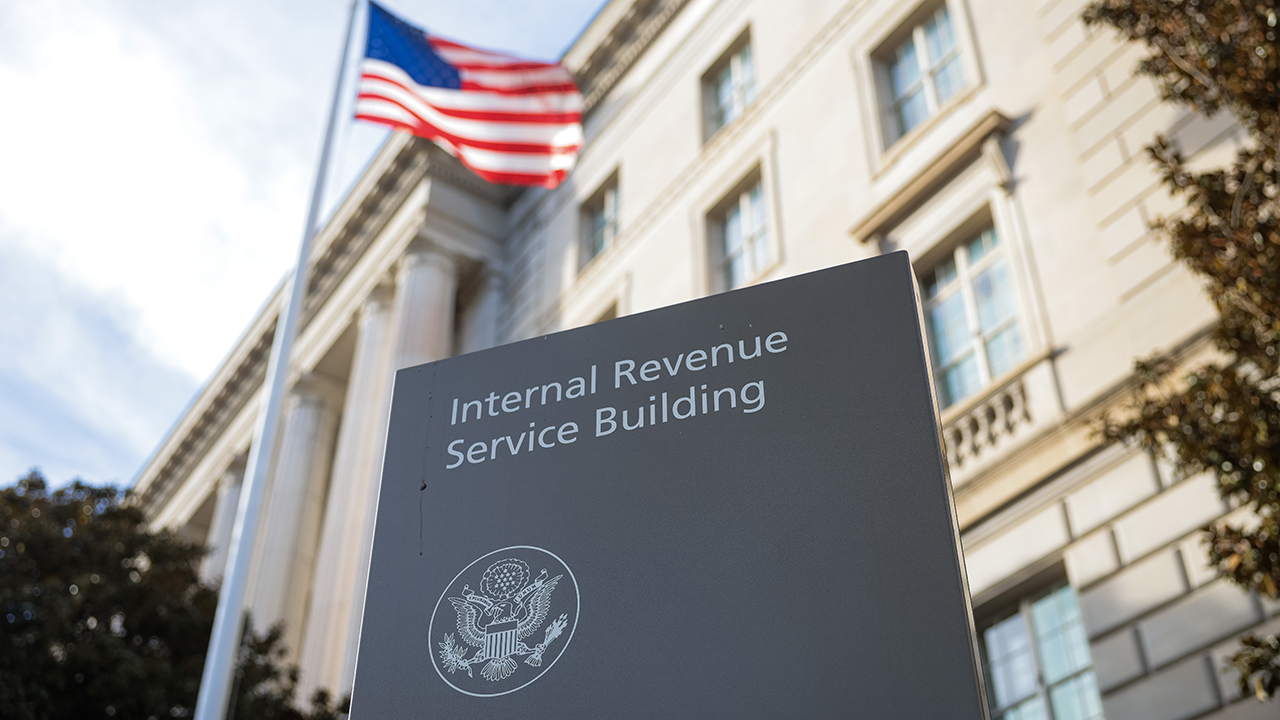Beyond MiCA: The Expanding Role of the EU in Crypto Regulation

Known for its stringent regulations and cautious approach to change, the European Union (EU) has not been among the world’s innovators, more focused on compliance than disruption. It has embraced technology, but at a markedly slower pace than countries like America and Singapore. Yet with the introduction of the Markets in Crypto-Assets (MiCA) regulation, the EU has taken an unexpected step forward. Regulation is firmly in line with the union’s identity, but becoming the first major economic bloc to introduce a comprehensive crypto framework marks a notable shift. It reflects a more forward-looking outlook that has rarely been associated with the EU. And if expanded upon, could signal a more ambitious future for Europe. But the EU has to act now.
The EU and the future of cryptocurrency
Cryptocurrency has always presented problems for the world’s regulators. It doesn’t fit into the expected boxes, and as such, the global regulatory landscape has become entirely disjointed. But the EU has taken a stand. While the UK is still moving forward, slowly building its own regulatory framework, and the US continues to rely on piecemeal enforcement and independent litigation, the EU has had MiCA in place for more than a year, bringing clarity, consistency, and cohesion to the crypto space. It’s not without its critics, and yet for all of its shortfalls, it still does more than any other country has managed. And this gives Europe a strong strategic advantage. But it would be wasteful to stop there.
While MiCA currently addresses stablecoins and crypto-asset service providers (CASPs), standardising rules for licensing, disclosures, and operations across all 27 member states, there remain many gaps in its remit. The failure to oversee the likes of decentralised finance (DeFi), non-fungible tokens (NFTs), and crypto staking leaves difficult grey areas that hold the potential to erode the regulatory certainty MiCA aims to provide. To avoid this, and fully realise its potential, the EU must go further. This is an opportunity for the EU to become a true enabler of global digital finance.
Could it be time for MiCA 2.0?
MiCA is fine, as far as it goes, but if Europe is to become a future leader of digital finance, we need to see an expanded and adaptive framework that can evolve in step with innovation, rather than stifling it. A MiCA 2.0. This new iteration could become a universal manual for digital assets, closing the current loopholes, clarifying ambiguities, and providing a foundation for the management of crypto across the EU’s market of over 400 million people.
With such a framework in place, the EU wouldn’t just be a global pioneer in crypto regulation, it would become the most attractive destination for crypto firms worldwide, particularly those seeking long-term regulatory stability. But more than that, it would bring security and confidence for investors, allowing the market to grow and move further into the mainstream. While the EU’s policymakers would become a respected voice on what is currently a confused global standards stage, much as they did with the General Data Protection Regulation (GDPR).
In 2016, when GDPR was introduced, it was often viewed as overly complex and anti-innovation. But in the intervening years, it has become a global yardstick. Countries as diverse as Switzerland and South Korea have adopted GDPR-inspired frameworks, and international companies now treat GDPR compliance as a de facto global standard. It’s a strong example of the EU successfully setting the tone, and it can do so again with MiCA. But it must act soon.
How can the EU begin building on MiCA?
If the EU is going to bring MiCA to its full potential, it needs to focus on and engage with stakeholders involved with all of the the areas of crypto that remain outside its current scope. That means moving beyond stablecoins and service providers to address the more complex regions of the space, such as DeFi, which defies traditional regulatory frameworks due to its anonymous, peer-to-peer nature. Staking, which blurs the lines between investment product and blockchain infrastructure. And NFTs, which have come a long way from being merely digital artworks, and are now items of strong financial utility. Fraught with ambiguity, it’s easy to see why the EU decided to set these things aside from the original MiCA regulations, but it can no longer afford to do that if it wants to move ahead.
Enforcement is another area that needs attention. Regulation only works when it’s applied consistently. MiCA is meant to be harmonised across all 27 member states, but the EU’s broader regulatory history shows that uniform application is not always a given. Without strong, consistent supervision, MiCA risks losing credibility. To avoid this happening, the EU must establish clear supervisory mechanisms that ensure regulations are not just passed, but properly enforced.
The changing landscape of crypto regulation
With MiCA, the EU has established itself as a leader, but it won’t hold that position for long if it doesn’t continue to move forward. Other countries are already making gains. While the US is currently in a state of political paralysis, that could rapidly shift with the next administration, and if it does, America has the influence and infrastructure to catch up fast. And although significantly smaller in scale, the UK, has the agility and ambition to gain traction. The Financial Conduct Authority (FCA) already has crypto regulation tabled for launch in 2026, and if they’ve taken lessons from MiCA, these regulations could easily steal the EU’s thunder. But if the EU is bold enough to continue what it started, it holds the unique advantage of a massive, unified market and a functioning regulatory apparatus. But it can’t afford to wait.
Both MiCA and GDPR have proven that the EU can act decisively and with purpose, even in spaces that aren’t a natural fit. But that’s not enough to secure its position as a global leader in the field. It’s time to build a broader, future-proof framework that balances innovation with investor protection, instilling trust and transparency into the digital asset ecosystem, while providing a clear path forward for industry and regulators alike. And weaving digital assets into the infrastructure of global finance in the process.
The post Beyond MiCA: The Expanding Role of the EU in Crypto Regulation appeared first on EU Business News.

